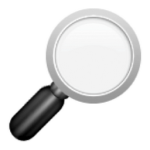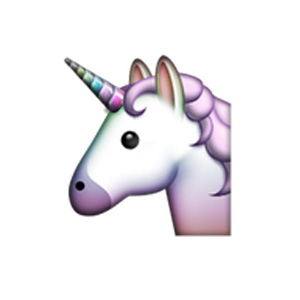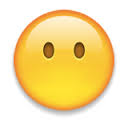Here’s how I find MyFitnessPal and similar apps to be helpful for food tracking:
- For a weekly review.
- For planning ahead, whether it’s one meal or a whole day at a time (just enter the food before you eat it to see if it’s what’s best for you).
That’s all. Proof.
And here are all the unhelpful ways I have long seen these tracking apps used.
If you recognize yourself on this list, know that there are at least 1200 other people doing the exact same wrong thing, so it’s not a personal indictment!
 The mystery dinner.
The mystery dinner.
Working women never write down their dinners. (Is it because of late-night scavenging syndrome? Because it was easy to copy and paste your oatmeal and chicken salad that have been your breakfast and lunch for years?)
A partial day of tracking is better than nothing, but not a whole lot better. Track just one or two meals here and there if those are the only meals you have questions about, but if you’re using MFP for weight loss or macro counting, you owe yourself a complete picture.
 The repentant.
The repentant.
ONLY tracking when you feel like you’re “off the wagon” isn’t a complete picture. If you’ve already eaten the food and you’re not tracking anything other than your “mistake” foods, what’s the point? Confirming for yourself that pizza has more calories than lettuce? (Let me confirm: it does, but that’s not always a bad thing.)
Don’t play mindgames with yourself. MFP isn’t the jailkeeper. Track everything you eat in a day, not just the high calorie choices that you can convince yourself to feel guilty about later. There’s no “good” food or “bad” food, just choices that are truly best for you today.
 The angelic.
The angelic.
ONLY tracking when you feel like you’re “on the wagon” isn’t a complete picture, either! It is fabulous that you only ate hand-sifted, opera-serenaded oats for breakfast and a neatly manicured boneless, skinless chicken breast with asparagus for lunch. I applaud your nourishing choices and your attention to the choices that are best for you.
However.
You need to see the whole picture. You need to know how well your body tolerates your less-nourishing choices, and you need to have an accurate daily tally to be able to review your week.
 The “whoops!”
The “whoops!”
Whoops, I am under my calories day after day!
Whoops, I didn’t come anywhere close to my protein goal again!
Whoops, when I ate what I ate yesterday I went over my goal, just like yesterday!
Whoops, you need to track what you eat before you eat it so that you learn from your “whoops”!
You might have a whole picture from your tracking, but you’re not using the data to help you. You’re not using the incredibly robust MFP database to tell you how your day will shape up, to tell you how to budget your calories, to tell you how your choices are going to work for your goals. So, whoops, you end up a lot like the repentant, but you’re allllmost to where you need to be…just make the tiny change to track before you eat!
(And if you don’t want to track your food before you eat it, that probably means that you know it’s not the best choice for you…so ask yourself about that.)
 The blank.
The blank.
I mean, if I can’t see it, I can’t help. If you can’t see it, you don’t know as much as you could. Sometimes that’s fine, and sometimes it’s a real hindrance to your goals.
There are lots of ways to eat in a way that is great for your body.
Intuitive eating is great if you are good at listening to your hunger cues (as opposed to your boredom cues). Fill your plate with nourishing choices and never track a morsel if you think you’re eating to support your personal goals! However, if you’re going to use an app to track your food, you might as well use it in a way that will help you the most.
